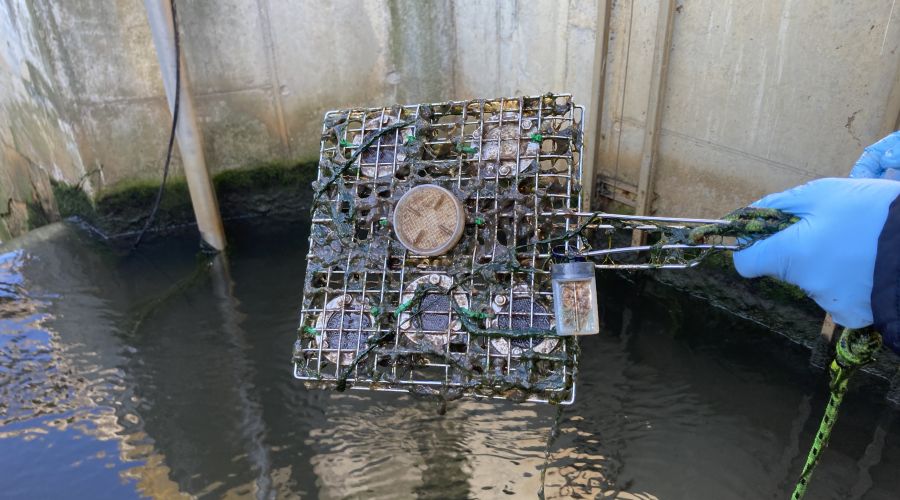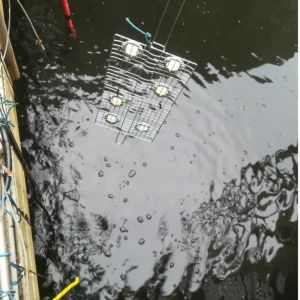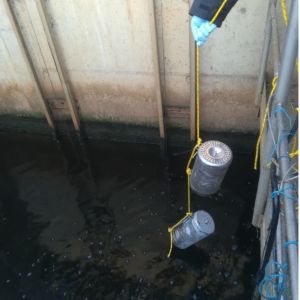How to monitor chemical pollution in water? What about passive samplers?

In water chemical monitoring, grab sampling is commonly used, providing information on pollution only at the moment of sampling. However, passive sampling provides a representative time-weighted average concentration over the sampling period, better reflecting the exposure of aquatic organisms to chemical substances in water. A passive sampler is a small, simple device consisting of a sorbent separated from the water by a permeable barrier, such as a polymer membrane or a thin layer of hydrogel. The sorbent inside the sampler is capable of capturing chemical substances from the water that can pass through the barrier. This process of capturing (accumulating) chemical substances from the water occurs spontaneously, based solely on the difference in concentrations of the chemical substance in the sampled water and in the sampler. After a certain period, the passive sampler is retrieved from the water, processed, and analysed in the laboratory. From the results of the concentrations of chemical substances found in the sampler, we are then able to determine the concentration of these substances in the water. The advantage of a passive sampler is that it can be left in the water for several days to weeks, during which it captures chemical substances from the water, allowing us to determine their time-weighted average concentration.
In this study, we tested three types of passive samplers, which differed in construction, type of sorbent, diffusion barrier used, but also in the surface area of the sampler exposed to water. These three types of passive samplers were immersed for several weeks in treated water effluent from a wastewater treatment plant, which contains residues of pharmaceuticals, pesticides, and other chemical substances, as the existing purification technology cannot completely remove them. The aim of the study was to compare the three selected passive samplers according to several criteria, such as the range of identified chemical substances, the duration of time-integrative sampling (how long the concentration in the sampler increases linearly over time), and the resistance of the sampler to damage. It was found that all three samplers provide comparable results and are suitable for use in monitoring pharmaceuticals and pesticides in wastewater. However, one passive sampler (Speedisk) overcomes the others in some parameters, especially in the duration of time-integrative sampling and physical resistance to external conditions.
Detailed information is available in the original article: Fialová, P., Šverclová, K., Grabicová, K., Grabic, R., Švecová, H., Nováková, P., Vrana, B., 2024. Performance comparison of three passive samplers for monitoring of polar organic contaminants in treated municipal wastewater. Science of the Total Environment 907: 168153. https://doi.org/10.1016/j.scitotenv.2023.168153
Written by: Pavla Fialová





